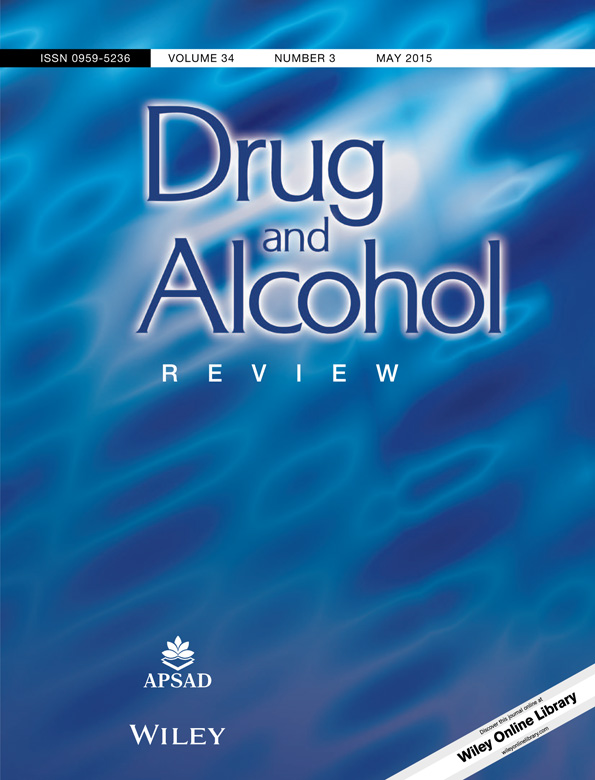Do women grow out of risky drinking? A prospective study of three cohorts of Australian women
Abstract
Introduction and Aims
To examine women's drinking behaviour relative to Australian guidelines and identify associated factors over the lifespan.
Design and Methods
Data came from three prospective cohorts of the Australian Longitudinal Study on Women's Health aged 18–23 (n = 14 247), 45–50 (n = 13 715) and 70–75 years (n = 12 432) when first surveyed in 1996. The same women were re-surveyed at roughly 3-year intervals until 2012. At each survey, four drinking behaviours were based on two guidelines: long-term drinking (no more than two standard drinks per day) and episodic drinking (no more than four standard drinks on an occasion): (i) no risk (within both guidelines); (ii) low episodic risk (less than once a month); high episodic risk (at least once a month); long-term risk (more than two drinks per day regardless of episodic drinking).
Results
No risk drinking increased with age, low episodic risk drinking remained almost constant between ages 18 and 39, and high episodic risk drinking declined rapidly. Few women drank at long-term risk. Factors associated with risky drinking varied with age; however, being a past or current smoker consistently increased the risk, and risks for smokers increased with age. Risky drinking was less likely to be practised by women providing care and needing help with daily tasks, or by pregnant women and those living with children.
Discussion and Conclusions
Risky drinking behaviour should be addressed in younger women and in those who smoke. Interventions to reduce risky drinking, possibly in combination with reducing smoking, could be offered through general practice centres. [Powers JR, Anderson AE, Byles JE, Mishra G, Loxton DJ. Do women grow out of risky drinking? A prospective study of three cohorts of Australian women. Drug Alcohol Rev 2015]




